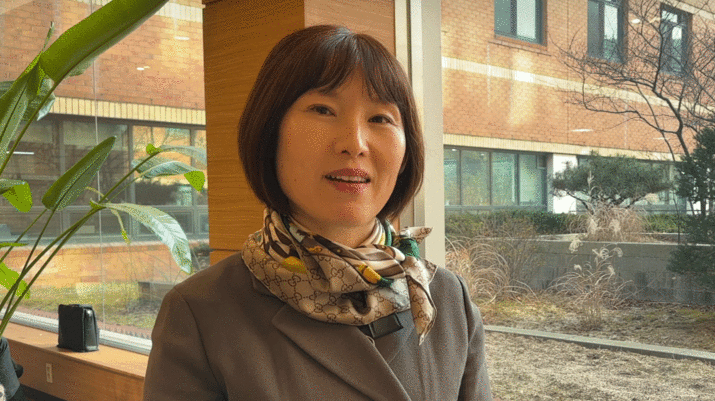Upcoming events
Voici les prochains évènements du réseau
Actualités
Ils nous ont rejoint
Témoignages
571 248
Alumni
15
événements
10 358
Offres
1 159
Partenaires







































